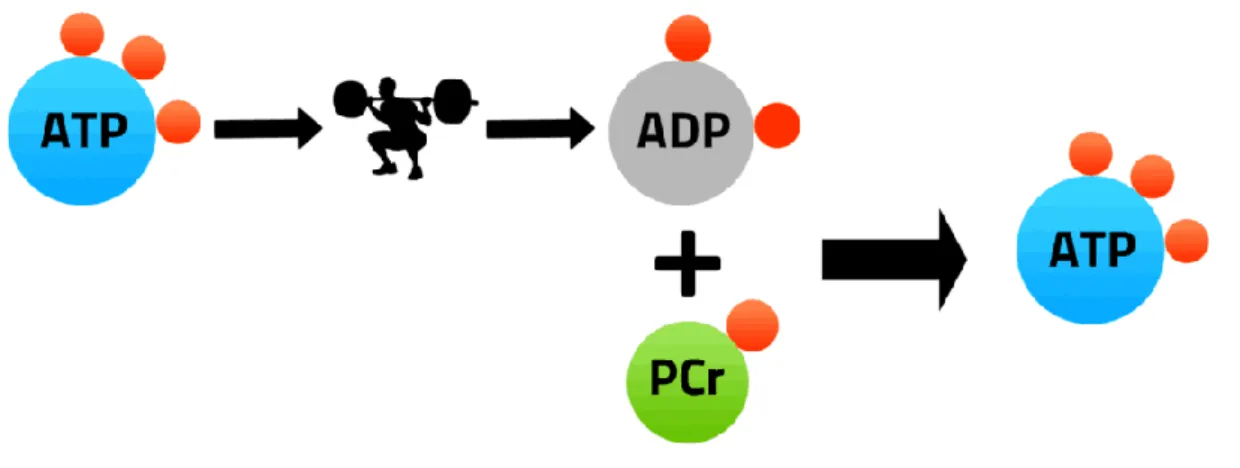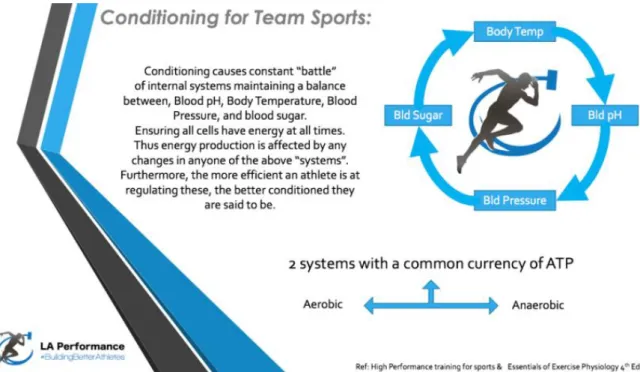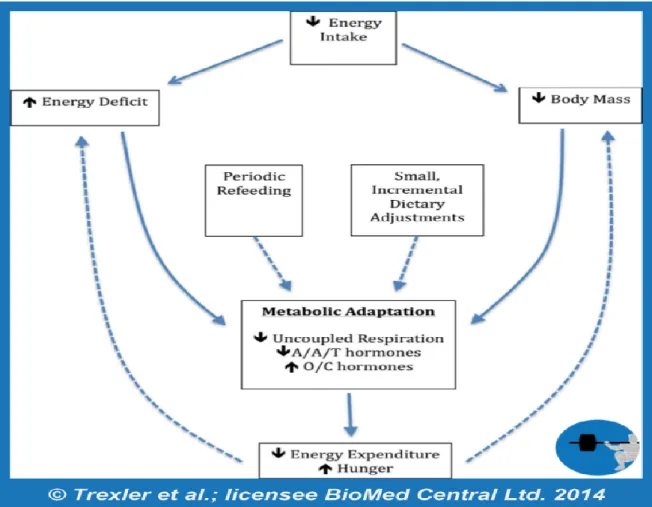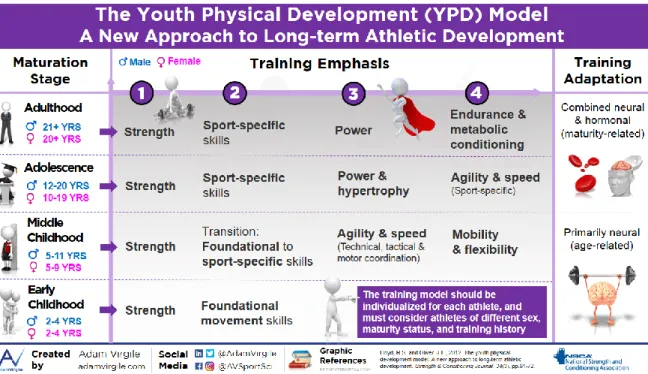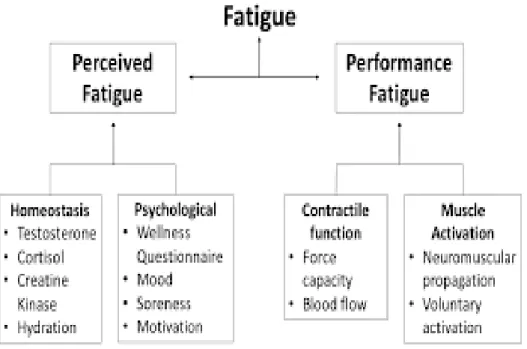Endurance is one of the primary characteristics of basketball and not as much researched as, say, football's endurance pillar. The thesis Developing Endurance for Sports Performance in a Basketball Team deals with the endurance part of basketball and the development of the feature for the youth athlete. The primary goal was to offer a good, scientifically correct and functioning endurance-developing manual, which is also used in the training sessions of the U19 boys' Lahti Basketball Juniors.
The results of the program will be tested with the test supplements throughout the 2021-2022 season.
Introduction
Basketball as a sport
Physiological and metabolic demands
The character of the endurance performance changes depending on the duration of the performance, which can vary from a few minutes to a few hours. There is a fact to be taken into account that the physical demands depend on the age of the athletes, gender, playing position and playing time. The latest surveys show that the players spend 34.1% of their playing time running and jumping, 56.8% walking and 9.0% being on.
The first, ATP/PCr, generates the energy molecules adenosine triphosphate (ATP) from phosphocreatine (PCr) and is dependent on the muscle's ability to do so.
Physical requirements of basketball players
Relatively high level of aerobic demands, despite walking and standing in the large percentage of the game, refers that the aerobic metabolism is essential to remove lactate and restore PCr, which are oxygen groups reliable processes. Agility is the ability to move quickly and change direction, while power is an ability to quickly combine speed and strength, the best example of which would be a sprinting or jumping ability. As a corresponding analysis (Figure 3), for PG and SG, the worst performance was associated with mediocre load because they are in the same quadrant.
This information suggests that the most versatile playing position of SF, poor performance is associated with higher loads.
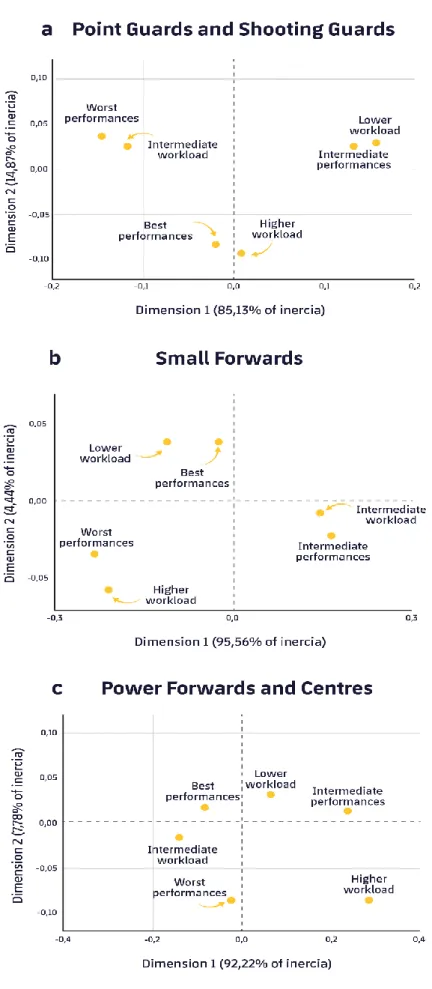
Aerobic conditioning for Team sport athletes
Physiology of endurance training
- Energy transfer during exercise
- Acute cardiovascular responses to exercise…
- Cardiovascular and metabolic adaptations endurance training
Skeletal muscles are one of the most important concepts when endurance training, they can be strengthened with running or resistance training. Lactate threshold is the definition of the intensity of the exercise in which the lactate accumulates in the blood faster than it can be removed (Hutchison). This is usually achieved at the point of 50 to 80 percent of the athlete's VO2max.
Endurance training affects almost every part of the body and functions, especially skeletal muscles and respiratory and circulatory systems.
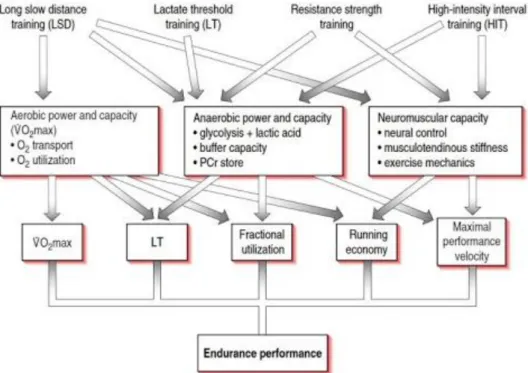
Potential benefits of aerobic fitness for team sport performance
Energy intake produces energy deficits and requires body mass, and creates metabolic adaptations along with periodic refeeding and small, incremental dietary adjustments. Therefore, energy expenditure is occurring, and this creates a circle of energy deficit and body mass again. Roof factors of performance, the psychological and social, technical, tactical and physical sides of sports (Figure 7) are divided into endurance performance, high-intensity exercise, sprint performance and strength development.
External factors are also included along with coordination, flexibility and sensory-motor along with muscle structure. Next come the key principles cardiovascular system and respiratory system, muscle properties and nervous system. Muscle characteristics take many variables as seen in the figure, cardiovascular and respiratory systems retain blood and oxidative characteristics of exercise, and the nervous system affects only motor unit.
The basic levels, aerobic, anaerobic and muscle strength training are therefore linked to all that is mentioned above.
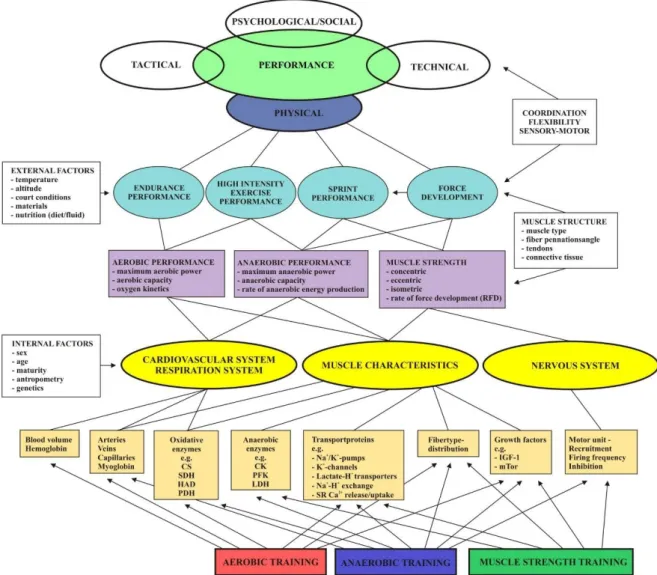
Traditional Aerobic Conditioning for Team Sports…
- Components of endurance…
- Training zones for endurance training
- Traditional Aerobic Conditioning and Basketball…
For example, the frequency should tell the number of training sessions per week, the intensity should tell how hard the training is, time should be determined and the type of exercises should be assimilated. The figure (Figure 8) states that “strength, power and agility are important predictors of success in the game of basketball”. Aerobic training can be divided into three components, which are aerobic low-, moderate- and high-intensity training.
In-season team sports practices often consist of high-intensity small-sided games, intervals, speed and strength drills, and the actual games. This workload can put a heavy strain on the nervous system and improve the anaerobic system. Non-sport-specific endurance training should therefore be trained in low-intensity basic endurance training.
At the molecular level, the training effects come from a different pathway than higher intensity training, and overload becomes unlikely. This type of low-intensity endurance training already trains the endurance qualities of weaker players, and the autonomic nervous system is not stressed. When in-season training is mostly high intensity, it is recommended that off-season exercises are of lower intensity such as regular jogging.
Also, endurance training should be done in such a way that speed and strength abilities are not decreased. Practices such as "general" orientation exercises such as running-based or basketball-based workouts can be done with short HIIT, long HIIT, or continuous or interval training.
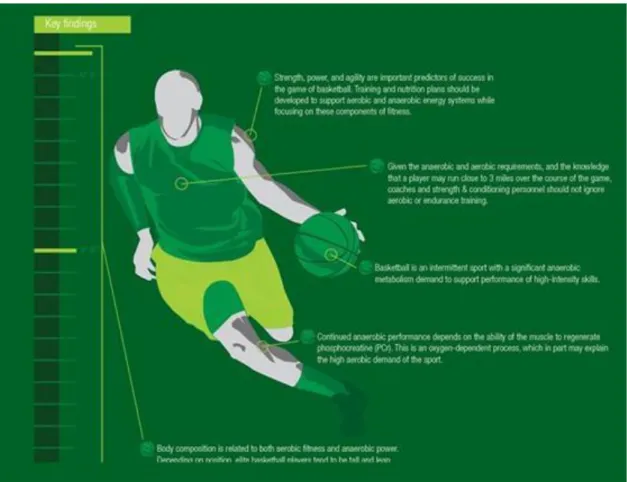
Endurance training for repeat-sprint athletes in team sports…
- Sport-Specific Aerobic Conditioning for Team Sports and basketball…
- High-intensity interval training for team sports and basketball…
In the multilevel shuttle test, the most significant differences by practice were observed in the maximum percentage of heart rate (%HRmax). During the last trial, the phase achieved recovery of the percent heart rate value (% heart rate - recovery) for the last episode ending by the end of the last one-minute rest stage. Significant improvements in %HR recovery values were observed at weeks seven and nine, and %HRmax at the final phase of testing was significantly lower at weeks four, five, and seven and nine.
Simulated basketball play is competitively oriented and small sided games are specially oriented, according to Schelling and Torres-Ronda in their article Conditioning for Basketball: Quality and Quantity of Training. The response size in most cases depends on the intensity, frequency, and length of the workout, the total length of the workout program, and the participant's initial fitness level. Sport-specific conditioning games can be a little more stressful than traditional training methods, such as increasing heart rate response, which can lead to greater improvements in cardiovascular function and then aerobic fitness.
It can be seen that these higher resistances come from additional physical demands given to players when performing small-sided games, where the ball is used, adding metabolic expenditure of any performance on specific functioning and possibly increased motivation. The optimization of training methods has been the point of interest among studies before and also athletes. Tracked endurance athletes' training methods suggest that the coaches should be careful not to order too much high-intensity interval training.
Athletes who have stabilized their endurance base and tolerance to relatively high intervals, thresholds and a long slow distance: intensity and training loads, practice efficiency can produce small improvements in performance. The stabilized endurance base that is built by a relatively large training session can be an important prerequisite for a significant short-term increase in moderate intensity and exercise response.
Integrated Team Sport Conditioning…
- Concurrent training…
- Periodization team sport conditioning…
- Periodization in basketball
- Monitoring and testing endurance development in basketball…
Recovery is also more emphasized in the middle and at the end of the season. The aim is to achieve the best possible result for the individual or a team in the competition phase through training. In terms of the desired training affects the achievement and optimal endurance performance developing one characteristic that emphasizes the length of training phases should be four to eight weeks.
As with any sport, different training methods can be used to maximize physiological acclimatization. For example, in Tapiolan Honka, the women's basketball team in 1998-1999 used an annual schedule that was divided into seven different phases. In the CP I phase, the endurance, strength and speed achieved are transferred to sports skills.
In the transitional preparatory phase, breathing exercises, relaxation exercises and meditation will become a large part of the practice. I could adjust the aerobic condition to two to three per week during off-season low-intensity exercise such as cycling, swimming, rowing. During the pre-season, athletes can achieve aerobic endurance through continuous training such as interval training.
In season, all off-court exercises must be balanced between basketball practices and games. Force capacity plays an important role in contractile function along with blood flow and muscle activation is shaped by neuromuscular transmission and voluntary activation.
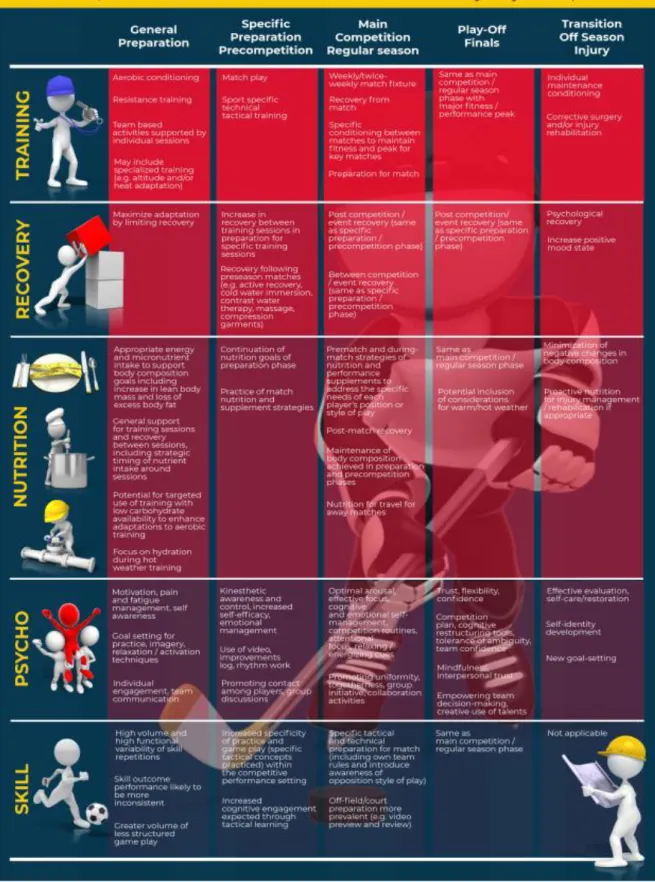
The aims of the project…
Project planning…
Project implementation…
The description and results of the thesis…
Discussion…
In this way, the manual found in the competitive season appendix is dedicated to keeping a part of the training. The chapter on aerobic conditioning for team sports athletes was comprehensive and addressed the main body of the thesis. This thesis is made from the basis of past works, literature and conversations with fellow coaches.
The division of the program season, Basic Endurance 1, Basic Endurance 2, Competition Preparatory, Competition 1, Competition 2 and Competition 3 is based on the opinions of Suhonen J., women's team Tapiolan Honka, the former head coach with small formation so the division is as specific to sports as possible. The maintenance and recovery parts at the end of the season represent the ideology of Oja T. The assessment of the athlete's strengths and weaknesses can be measured by the test which should be sport-specific, valid, reliable, accurate and sensitive to changes in fitness. .
The program turned out to be efficient to build with the examples of previous programs and literature. During the preparation and writing of the thesis, I definitely learned more about the theme of endurance in basketball. URL: https://www.gssiweb.org/en/sports-science-exhange/article/sse-154-high-intenisty-intarval-training-and-the-impact-of-diet.
URL: https://www.gssiweb.org/en/sports-science-exhange/article/physiologic- profile-of-basketball-athletes. Wodconnect URL: https://www.wodconnect.com//blog/posts/concurrent-training-how-to-develop-strength-and-endurance-simultaneously. FIBA Court Markings and Basketball Equipment Specifications - Basketball Manitoba URL: https://www.basketballmanitoba.ca/2014/05/court-markings-basketball-equipment.html.
The goal is to fill all the cones at both ends of the court by scoring two consecutive baskets from every five cones.
